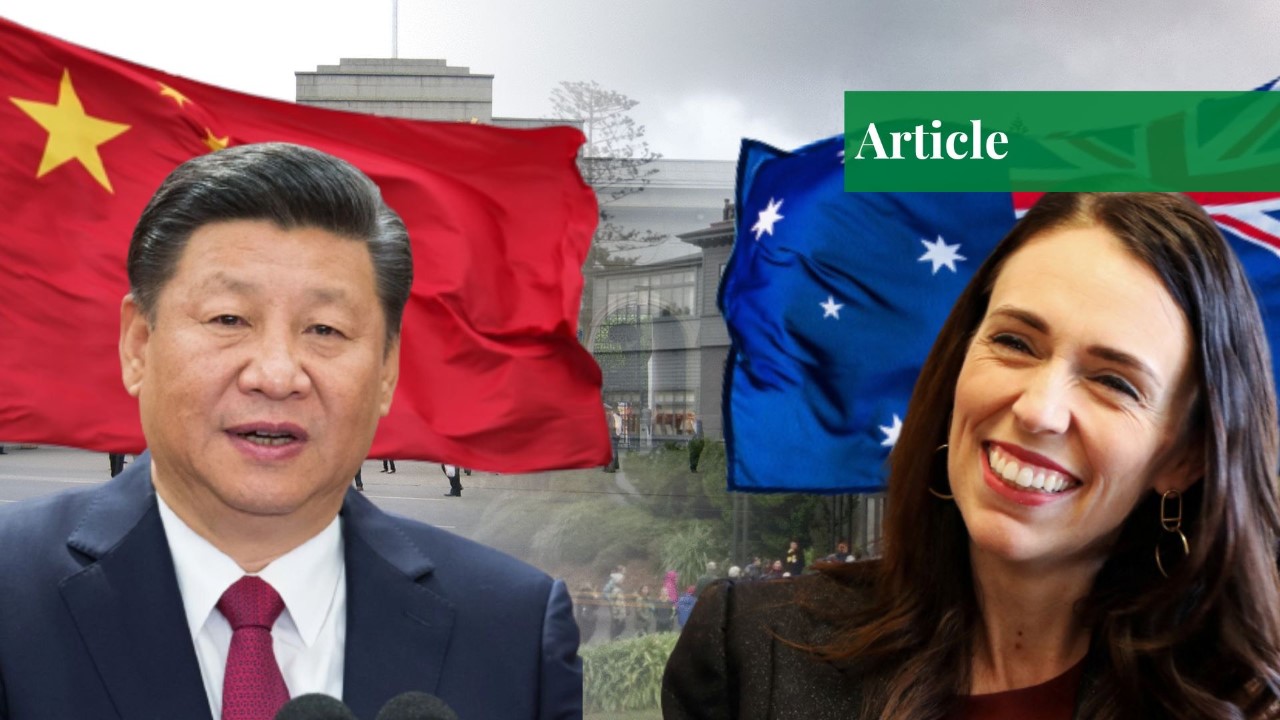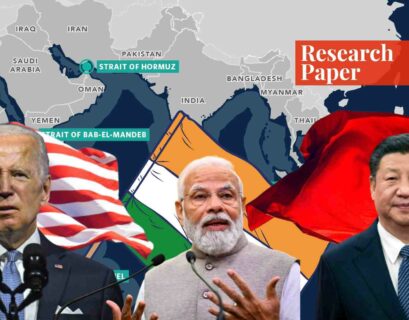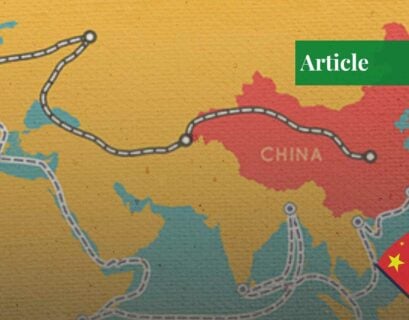Asra Zahid is pursuing her bachelor's in peace and conflict studies at National Defence University. Her areas of interest include ethnic conflicts, ideological conflicts, international politics, and current affairs.
A Historical Perspective
After the People’s Republic of China (PRC) came into being in 1949, New Zealand didn’t acknowledge the new government at first. Rather, it preferred to join Australia and the United States in proceedings to acknowledge the Republic of China (ROC) government, which had moved to Taiwan, as the authentic administration of China.
Between 1951 and 1960, New Zealand and Australia reliably upheld a US moratorium proposal to impede Soviet attempts to situate the PRC as the legal delegates of China in the United Nations. New Zealand and the PRC likewise battled on opposite sides during the Korean War.
The PRC government additionally ousted numerous preachers and outsiders, including most New Zealand migrants by 1951. Nonetheless, a few supportive socialist Westerners, including Rewi Alley, were permitted to stay in China. In December 1972, the third Labor Government officially acknowledged the People’s Republic of China, with the two legislatures marking a Joint Communique to oversee respective relations.
Although New Zealand does not have official relations with ROC, the New Zealand Permanent Representative to the UN signed an accord with his ROC partner Huang Hua for the two nations to maintain financial collaboration and unofficial relations. Since the end of the Cold War, diplomatic relations between New Zealand and China have expanded especially in the sector of financial collaboration, training, the travel industry, environmental change, and public area partnership.
Economic Cooperation
A free trade agreement (FTA) between China and New Zealand was endorsed on 7 April 2008. Under the arrangement, around 33% of New Zealand products to China were exempted from levies from 1 October 2008, with another third becoming tax-free by 2013, and everything except 4% by 2019. Consequently, 60% of China’s products sold to New Zealand will become tax-free by 2016 or prior; more than a third are as of now duty-free.
Toward the beginning of November 2019, New Zealand and China consented to redesign their relations. Consequently, New Zealand consented to diminish visa limitations for Chinese local escorts and Chinese language teachers.
In 1987, the New Zealand Government deserted its well-established inclination toward British and Irish outsiders for an abilities-based immigration strategy. By 2013, the Chinese New Zealander populace had expanded to 171,411, involving 4% of the nation’s populace.
Sino-New Zealand Tensions
In July 2019, the UN ministers from 22 countries, including New Zealand, marked a joint letter to the UNHRC about China’s abuse of the Uyghurs as well as its abuse of other minority populations. On 5 May, the New Zealand Parliament collectively acknowledged a resolution expressing that “severe human rights abuses” were occurring in Xinjiang and approached the government “to work with all significant instruments of international law to carry these human rights violations to an end.”
On 5 May, the Chinese Embassy gave an assertion guaranteeing that the resolution depended on a “baseless allegation on China over denial of basic freedoms” and meddled in Chinese interior issues.
Conclusion
Since the signing of the FTA in 2008, China has become New Zealand’s top financial collaborator, with a trade surpassing US$33 billion in 2020. Financial reliance makes a political difference. The New Zealand government’s proper assertions of conflict on China-related issues are communicated in a non-provocative way.
New Zealand’s commitment to China has been challenged as Beijing’s inner political responsive qualities and issues are progressively being projected abroad. Certainly, the winds of China-US’s incredible power competition might turn out to be extreme to such an extent that New Zealand might ultimately have to pick a side. However, New Zealand’s practice of international strategy freedom and powerful financial connections to China make areas of strength against joining a U.S. alliance.
If you want to submit your articles and/or research papers, please check the Submissions page.
The views and opinions expressed in this article/paper are the author’s own and do not necessarily reflect the editorial position of Paradigm Shift.



















